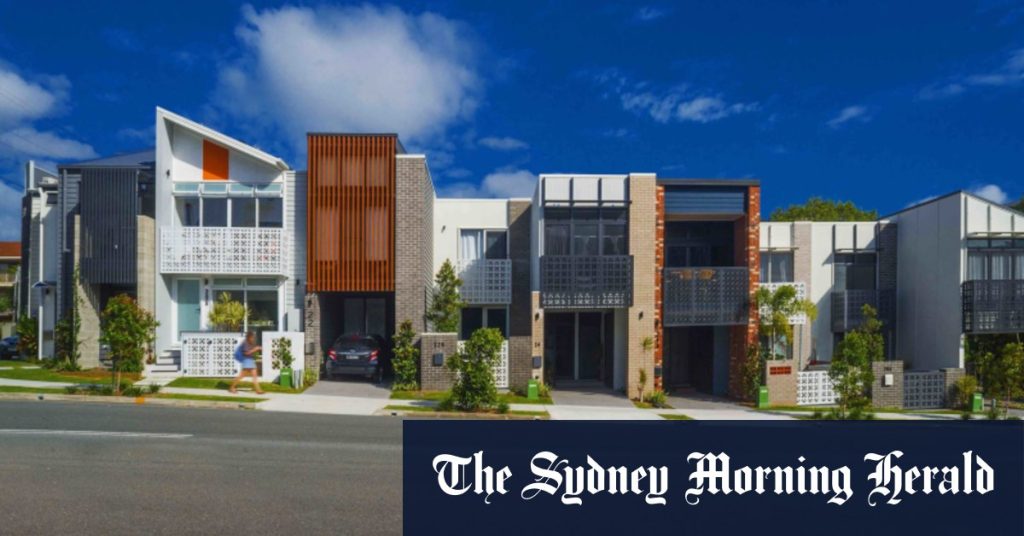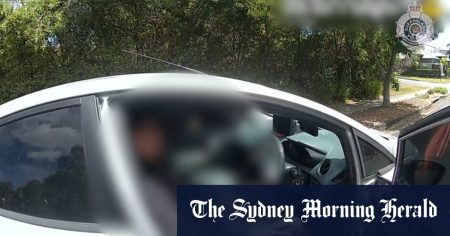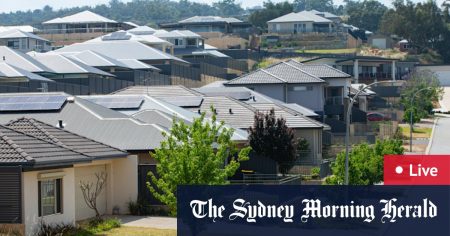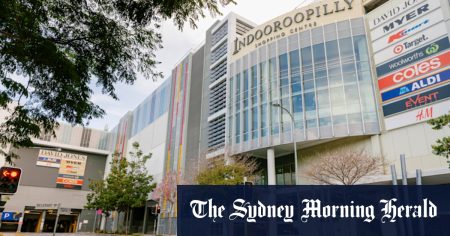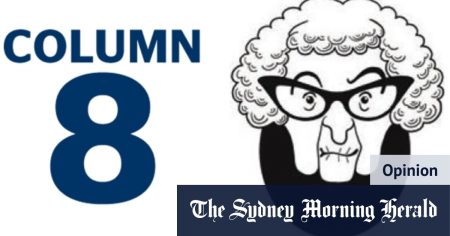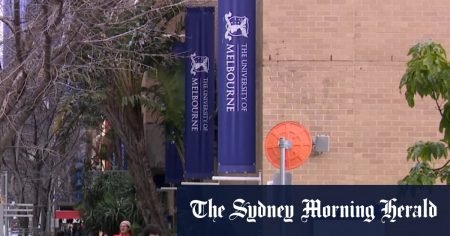Australia’s cities and suburbs have followed a similar pattern of development, with high-density CBD areas surrounded by car-centric suburban residential areas. In Minneapolis, the city’s 2040 plan aimed to address the issue of housing shortage by allowing for more homes to be built across the entire city, not just in high-density areas. By removing planning restrictions and permitting up to three dwellings per block, Minneapolis saw the construction of 21,000 units, townhouses, and duplexes in the past five years. This approach, known as “salt and peppering,” spread development evenly across the city, preventing any one sector from bearing the brunt of population growth.
The key takeaway for Brisbane is to encourage a mix of housing types in all parts of the city to accommodate different needs. This approach allows residents to downsize within their familiar neighborhoods as they age, rather than having to leave due to a lack of suitable housing options. By distributing development more evenly, Brisbane can avoid the issue of resistance to new developments in certain areas, as it becomes a shared responsibility for all residents. This shift in perspective can help change the conversation around infill developments, focusing on welcoming new neighbors rather than viewing them as a disruption to the community.
Beyond affordability, the importance of housing mix was emphasized in Minneapolis, where a variety of housing types were encouraged to accommodate different demographics. This not only increases housing options but also creates a more diverse and dynamic community. Garred, who heads Colliers’ urban planning and design team, highlighted the need for Brisbane to adopt a similar approach to housing diversity to cater to its growing population. By embracing a mix of housing types, Brisbane can ensure that residents have options that suit their needs at various stages of life.
Another crucial lesson from Minneapolis was the reduction of car parking spaces in certain areas to promote alternative modes of transportation and reduce reliance on cars. This issue is currently being explored in Brisbane as part of efforts to create more sustainable and livable communities. By incentivizing public transportation, walking, and cycling, Brisbane can mitigate the negative impacts of car dependency on the environment and community health. This shift towards more sustainable transportation options aligns with the global trend towards reducing carbon emissions and creating greener cities.
Garred emphasized the importance of spreading development more evenly across the city to avoid concentrating growth in specific areas. By allowing for infill developments in all neighborhoods, Brisbane can prevent an unequal distribution of population pressure and housing demand. This approach not only promotes inclusivity and shared responsibility but also ensures that each neighborhood contributes to accommodating the city’s growth. By learning from the experiences of cities like Minneapolis, Brisbane can plan for a more diverse, sustainable, and inclusive urban environment that meets the needs of its residents now and in the future.
Overall, the lessons from Minneapolis provide valuable insights for Brisbane’s urban planning and housing policies. By promoting a mix of housing types, spreading development evenly across the city, and encouraging sustainable transportation options, Brisbane can create a more vibrant and livable urban environment. Embracing diversity in housing, welcoming new neighbors, and changing the conversation around infill developments are key steps towards building a more inclusive and equitable city for all residents. By implementing these strategies, Brisbane can address the challenges of population growth, housing affordability, and sustainability while creating a more resilient and thriving community for generations to come.




